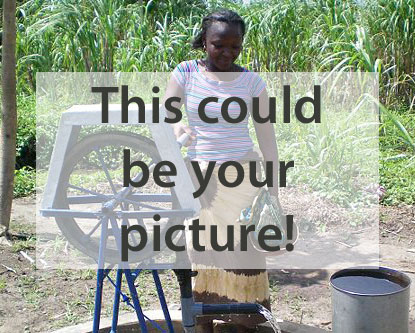Irrigation - Lay flat hose
| |
Irrigation sometimes involves transporting water over a long distance. Cement or clay canals are relatively costly, inflexible and cannot elevate water. PVC tubing or polypropylene (PP) hose is relatively expensive. In India, farmers started to use locally made plastic hose, called the lay-flat hose because the hose is flat when not in use. This hose is so cheap that even very low-income farmers can buy or rent it and irrigate their crops. It is often used for supplementary irrigation in unexpected dry periods in the rainy season. An additional advantage of lay-flat hose is that rolls are easy to transport and do not occupy valuable cropland as is the case with field channels.
| Advantages | Disadvantages |
|---|---|
| Cheap to buy or rent. Easy to transport |
|
Costs
Cost/100 m: (Yemen prices) US$ 20 - 30 (40 mm diameter). US$ 40 - 60 (80 mm diameter).

|
External links
General www.practicafoundation.nl www.teriin.org
(Lay-flat hoses are also mentioned in the book in technology innovation and promotion in practice: pumps, channels and wells.)

